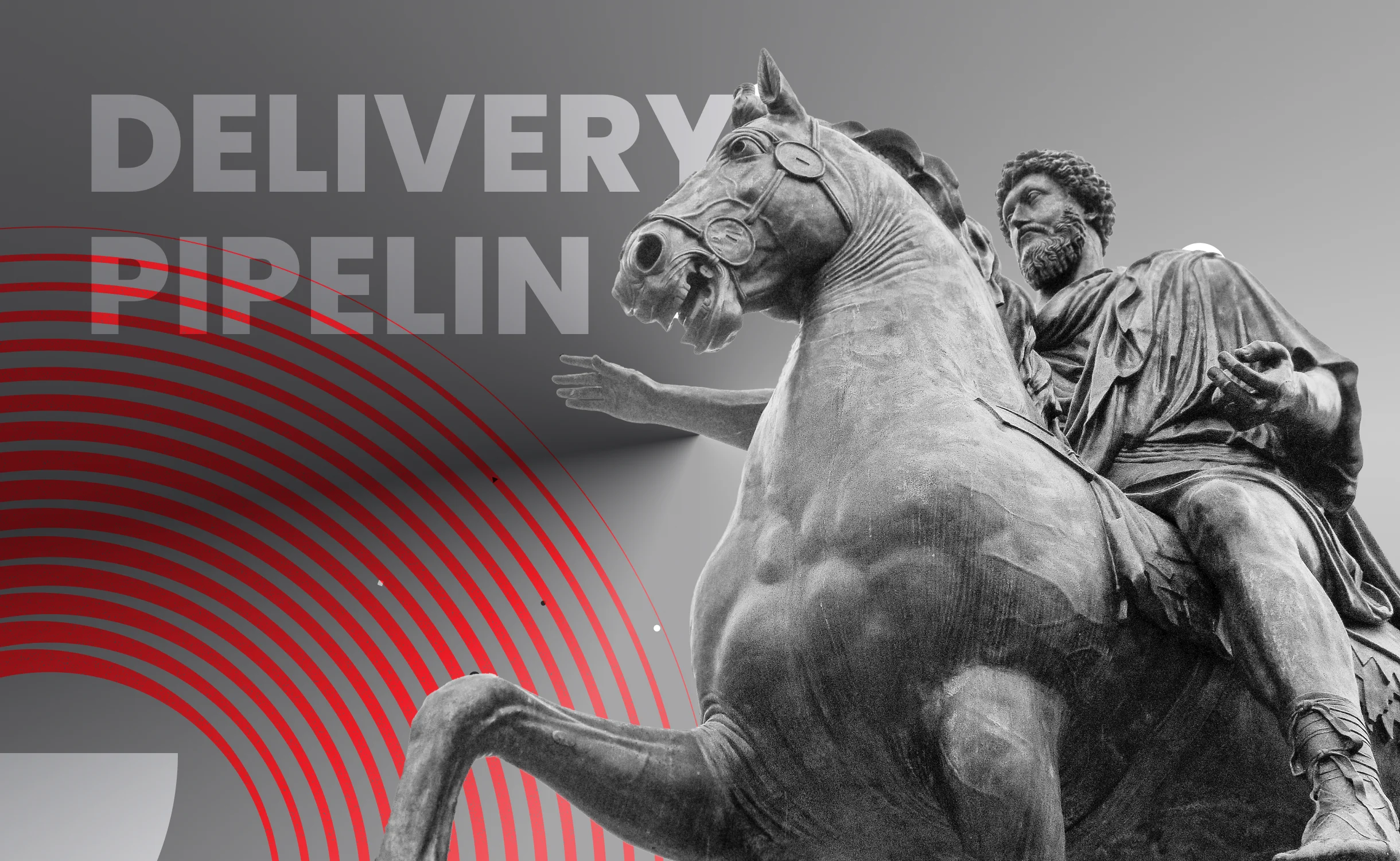Perform better with the order in processes
There are various requirements that the project team must follow during the deployment process to ensure that the technology and code are correctly deployed.
That's why we take great care to ensure that the various processes that are involved in developing software are synchronized properly. This includes the planning and execution of tests, the detailed specs writing, and the synchronization of the team.
Our process book has been carefully curated to bring you the best practices for every step of the process. You can download it here.



